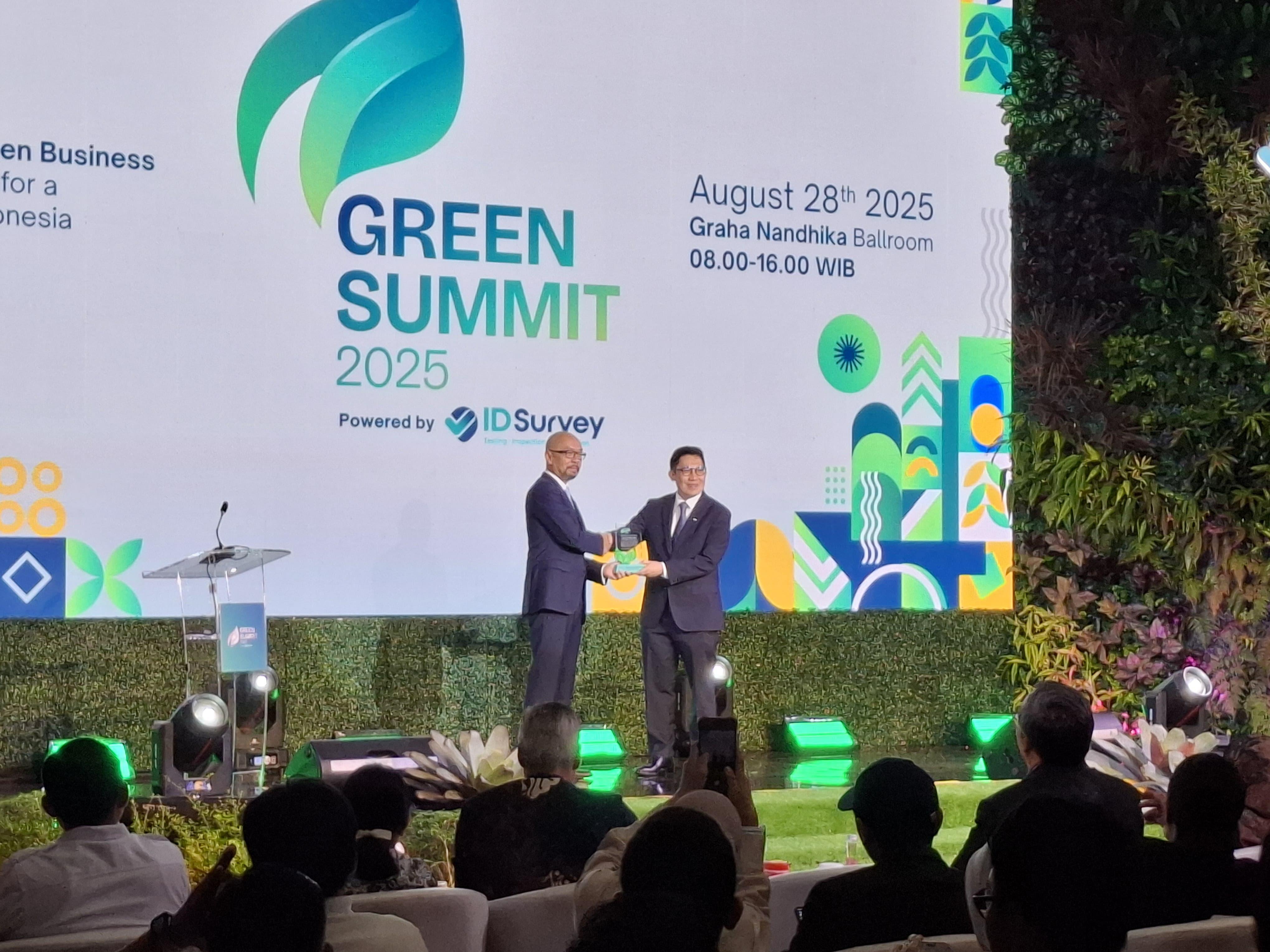Indonesia is gradually shifting from sustainability commitments to measurable environmental action. One of the strongest indicators of this transition is the Green Summit 2025, an event that brings together corporations, policymakers, financial institutions, and sustainability advocates to evaluate the real impact of climate initiatives. At this year’s edition, organizers reported a recorded carbon emission of 6.80 tons of CO2 equivalent generated throughout the event. Rather than hiding this figure, the disclosure was intentional. It served as a public demonstration of transparency, accountability, and a call to action for more responsible business gatherings.
Many conferences still avoid disclosing their emissions data because it risks negative perception. Green Summit 2025 did the opposite. By openly stating its carbon footprint, the event positioned itself as a benchmark for future sustainability-led forums. It showed that real change begins with measurement. Without quantifying environmental impact, net zero remains just a slogan.
Why Carbon Tracking Matters In Corporate Sustainability
Carbon accounting is increasingly becoming a core metric for environmental governance. Regulatory bodies across the world are tightening disclosure requirements, and Indonesia is expected to follow a similar path. Businesses that previously focused only on CSR reports are now transitioning into ESG reporting frameworks that require quantifiable data.
This is why the Green Summit 2025 gained industry attention. By announcing its 6.80 tons of CO2 equivalent, the event effectively educated participants on the reality that even sustainability events carry environmental costs. Electricity usage, digital infrastructure, transportation of speakers, hospitality services, catering, and printed materials all contribute to emissions. When such data is tracked, organizers can reset strategies for future editions.
Several companies attending Green Summit 2025 expressed interest in turning conferences into low-carbon models. Ideas ranged from using renewable energy to installing mandatory carbon offset schemes. Some participants proposed hybrid event formats to minimize travel-related emissions. If implemented at scale, these changes could significantly reduce the climate impact of corporate events nationwide.
Corporate Collaboration Is Key To Scaling Climate Action
The highlight of Green Summit 2025 was not only its data transparency but also its role as a multi-stakeholder platform. Government representatives encouraged companies to adopt measurable decarbonization frameworks. Financial institutions emphasized the growing preference for green financing. Technology firms showcased software tools that automate emission tracking and reporting. Meanwhile, manufacturers and energy companies discussed the challenges of operational transition.
This collective dialogue is crucial. No single industry can solve climate problems in isolation. Collaboration ensures that standards become consistent, innovations are scalable, and sustainability is not treated as a competition but a shared responsibility.
Green Summit 2025 also emphasized that carbon reduction must not be viewed as a cost burden. Instead, it should be seen as a long-term investment that protects competitiveness. International buyers are increasingly rejecting suppliers that cannot prove environmental responsibility. Investors are screening portfolios based on emission intensity. Consumers are becoming more selective toward brands with verified sustainability credentials.
Companies that position themselves early will gain strategic advantage. Those that delay risk being left behind as policy pressure increases.
What Comes After Green Summit 2025
The success of Green Summit 2025 raises an important question. Will other conferences follow the same emission disclosure standard? If major business events begin adopting similar practices, Indonesia could establish a new culture of climate accountability within its professional community.
Several organizations have already pledged to adopt carbon tracking for their upcoming corporate activities. Some plan to collaborate with environmental consultants to measure footprint based on international protocols such as the Greenhouse Gas Protocol. Others aim to integrate renewable energy and circular economy principles directly into their event structures.
However, transparency alone is not enough. The next step is reduction. If Green Summit 2025 produced 6.80 tons of CO2 equivalent this year, could it be lowered to 4 tons next year through improved waste management and electric transport systems? Could food vendors be selected based on local sourcing to cut logistics emissions? Could more participants be encouraged to join remotely instead of flying in?
These possibilities are realistic. They require commitment, planning, and consistent evaluation. What makes Green Summit 2025 valuable is that it started the conversation and removed the fear of public disclosure.
Tracking Emissions As A New Business Standard
Environmental awareness is no longer just a matter of branding. It is becoming a core component of risk management. Companies that ignore sustainability can face regulatory penalties, investor withdrawal, and reputational damage.
Green Summit 2025 illustrated that emission tracking is not as complex as many believe. The event organizers used available tools to assess electricity consumption, waste volume, transportation data, digital usage, and service flow. With enough collaboration between vendors and operational teams, any organization can begin the same journey.
In the future, environmental scoring may become as common as financial reporting. Stakeholders will not only ask how profitable a company is but also how responsible it operates. Those who learn early will adapt faster.
Green Summit 2025 is not the final answer to sustainability challenges. It is a milestone that proves transparency is achievable. It sets a new benchmark for responsible event management and pushes industries to think beyond promotional campaigns. The journey ahead will require consistency, innovation, and cooperation.
If more institutions replicate the spirit of Green Summit 2025, Indonesia could emerge as a regional leader in measurable green transformation. The foundation has been laid. What happens next depends on how seriously businesses respond.
Read More






 Wednesday, 26-11-25
Wednesday, 26-11-25







